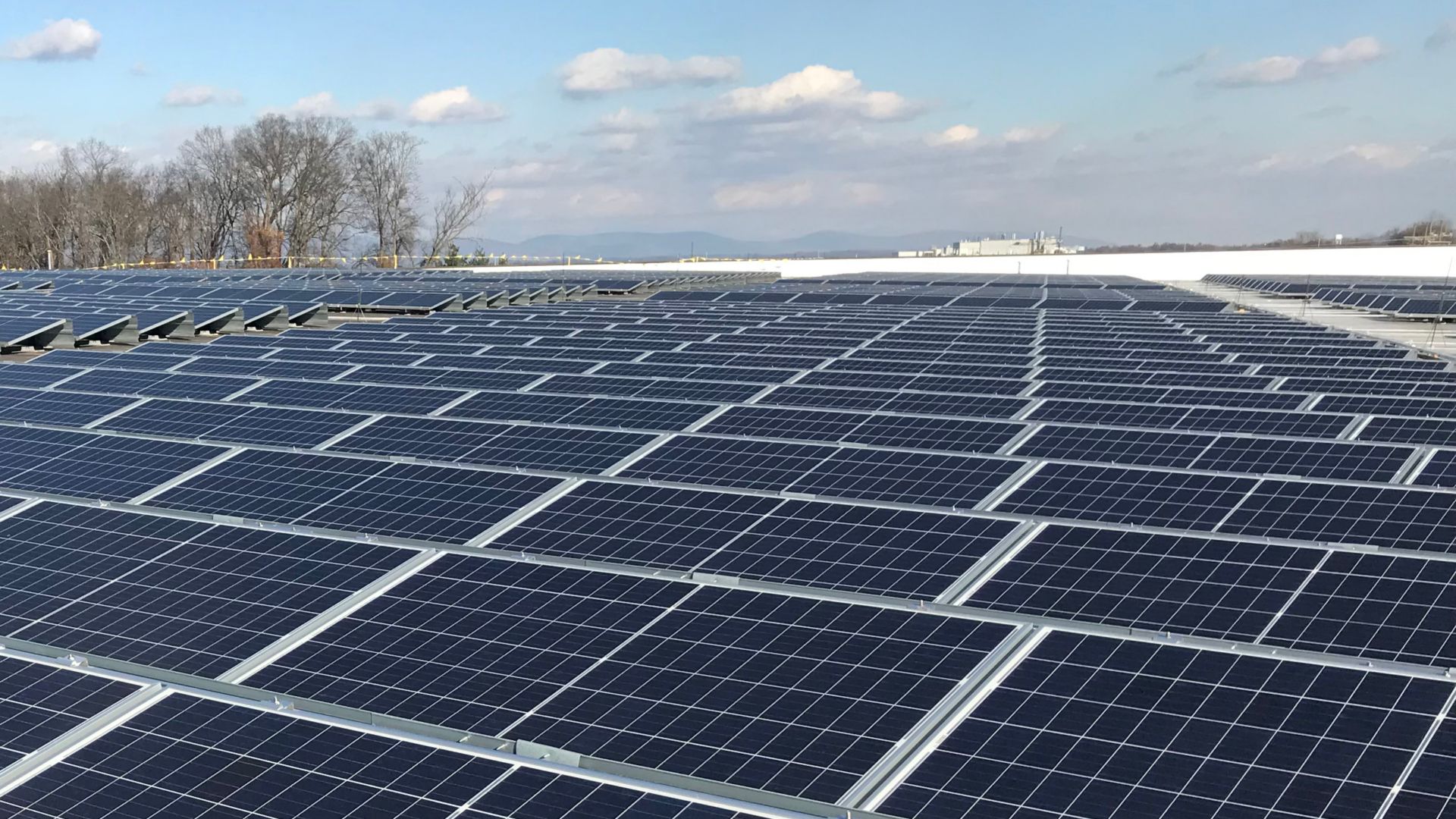Sika contributes to a sustainable development by offering sustainable solutions in construction and transportation, promoting efficient use of energy, water, and materials, as well as minimising the amount of waste. Sika believes that global sustainability trends generate opportunities to develop its business and help customers meet the challenges.
Goals and Targets
To achieve 2023 targets, "environmental sustainability" roadmaps have been developed and implemented since 2020 in all relevant countries and plants. These roadmaps include the planned initiatives to reduce CO2eq emissions, energy/water consumption, waste generation, and increase the share of renewable energy for the period 2020-2023. These roadmaps are being updated on a yearly basis.
Energy management: 15% less energy consumption per ton sold. Maximise share of renewable electricity.
GHG Emissions: 12% reduction of CO2eq emissions (scope 1 + 2) per ton sold.
Water management: 15% less water consumption per ton sold.
Waste management: 25% higher recycling rate of total waste. 15% less waste generation per ton sold.
* All targets have been set on the year 2019, results to be achieved by 2023.
Operational Efficiency
Sika is improving operational efficiency throughout the Group. Value chains at all sites are to be gradually optimised over the next few years. All measures go hand in hand with Sika’s efforts to continuously reduce energy consumption and CO2 emissions.
Environmental Compliance
Sika strives for full legal and regulatory compliance, which is a prerequisite and the foundation of its business. Sika maintains a EHS Corporate Management System (CMS) that applies to all Sika locations and employees and fulfils the requirements of ISO 14001 (Environment) and ISO 50001 (Energy Management).
Local Sika companies implement their local Sika Management Systems based on the CMS and local regulatory and legal requirements. Newly acquired companies are integrated under the CMS as part of the integration approach. The Corporate Management System is maintained by the corporate Quality & EHS function and deployed through a network of Quality and EHS professionals throughout the regional and country organizations.
Both the CMS and local Sika Management Systems are audited by external parties as part of the ongoing ISO certification efforts. Internal audits and regular reviews of EHS performance support the continuous improvement of the management system and its implementation
Quick facts
Links and downloads
| ISO 14001:2015 - Environmental Management System Certification | |||
|---|---|---|---|
| 2020 | 2021 | 2022 | |
| Sites certified ISO 14001:2015 (No.) | 242 | 275 | 297 |
| Coverage of sites under ISO scope (%)* | 47 | 48 | 49 |
| ISO 50001:2018 - Energy Management System Certification | |||
|---|---|---|---|
| 2020 | 2021 | 2022 | |
| Sites certified ISO 50001:2018 (No.) | 16 | 17 | 27 |
| Coverage of sites under ISO scope (%)* | 3 | 3 | 5 |
*Are considered under ISO scope: headquarters, plants, warehouses and technology centers. Sales offices, administrative offices, training centers and subsidiaries are excluded as these activities do not fall under the scope of the respective ISO standards.

